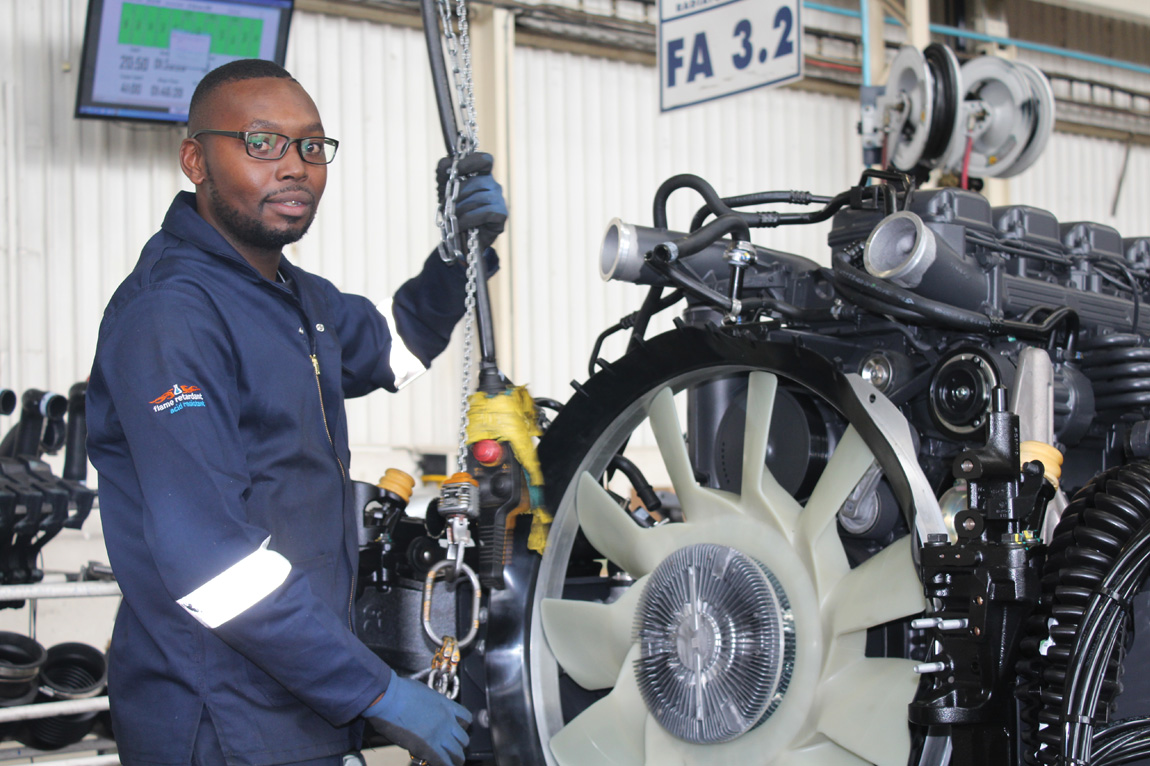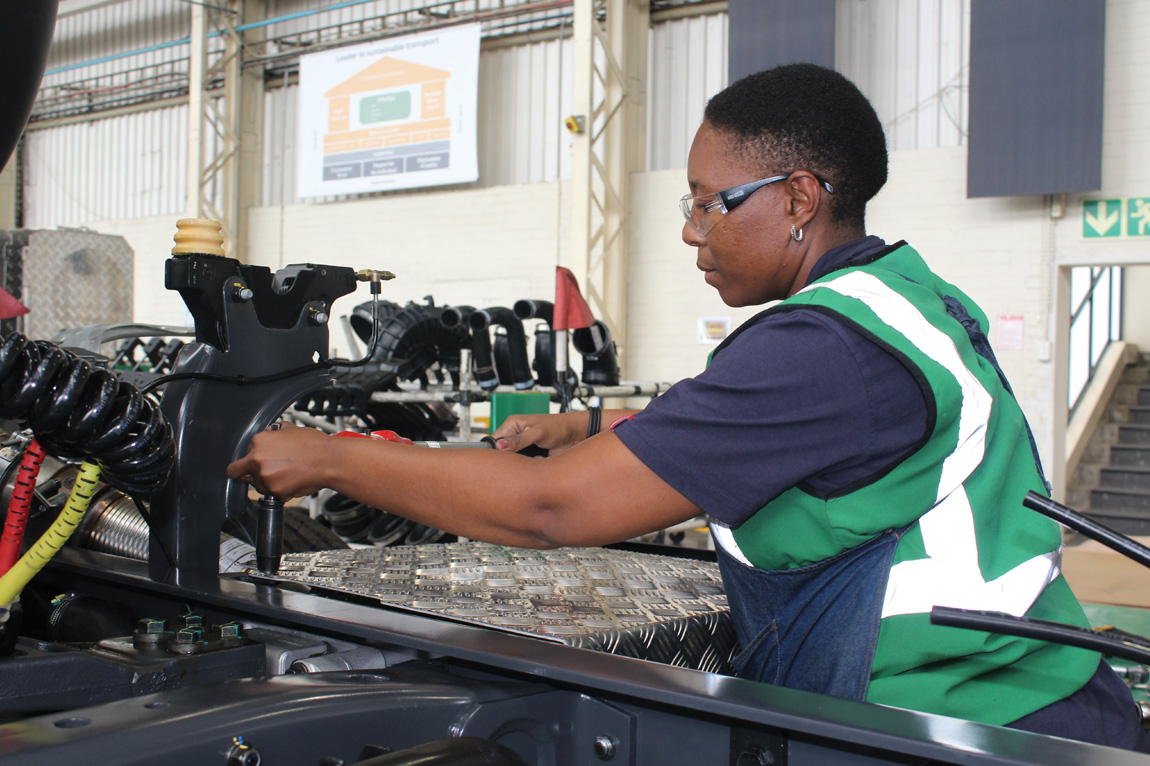Passion for production and people

It’s not every day that one walks into a production facility to find a company producing world-class vehicles and employees, too. However, this is exactly what GAVIN MYERS discovered when he met with Deon Flusk, regional product centre manager at Scania South Africa.
While Scania South Africa has been assembling vehicles in this country since its reintroduction to the market in 1995, the completely knocked-down facility in Aeroton, Johannesburg, has been running since 2003 – and, in that time, has become one of the largest (by volume) of eight regional product centres in the Scania world.

In 1996, Flusk joined the company – and he is a man that knows a thing or two about the science of vehicle production. As he points out, it certainly is a science…
“Getting a quality product out of the plant on time, in time, every time, is our priority,” he explains. “Our ability to honour lead times in such a way is the biggest contribution we can make to Scania South Africa, as the end customers need their vehicles quickly and efficiently.”With the plant assembling 56 different model variations of trucks and buses (supplied from the European and Latin American operations), Flusk and his team follow numerous production methodologies to achieve this goal. These include the Scania production system, which Flusk says “guides, governs and guards us”.
The production department does not work alone, though. Careful engagement and planning is undertaken with the business unit, which handles the sale of vehicles and is the direct link with the end customer. This ensures that the vehicles can be assembled based on customer demand and to their expectations. In this instance, flexibility is key and the production team capitalises on the modular vehicle systems and interchangeability of parts to smooth the process.
“Production meetings take place every Monday and we always need to have an open channel of communication between ourselves and the business unit. Working together, we meet one of the company’s core values of putting the customer first,” Flusk explains.
“We live ‘lean thinking’: our production flows need to be balanced and level, and every now and then we may need to challenge the process. Continuous monitoring, quality gates and random quality audits to the Scania Inspection Manual global standard help us achieve this,” Flusk says.

Twice a year, a Scania engineer conducts a comprehensive quality audit on the product and the facility.
Clearly, the methods are working. Last year 2 350 units were forecast, while 2 385 were delivered. For 2018 the goalposts have been moved to 2 860 units, which represents an increase from 11 to 13 units a day. Running as it does on one shift a day, the plant has a technical capacity of 15 chassis a day (3 300 units a year).
“We have the staff complement, of 67 people, to meet the demand. Our productivity level target is around 33 units per employee for this year. Last year we exceeded the target of 31 units per employee by four units,” says Flusk.
He adds that the employees at the plant are key to its success. “Most of our operators have four to six years of broad experience. We have a low staff turnover and a high attendance rate; 95-percent healthy attendance in 2017,” he says.
Having grown and worked his way up through the Scania ranks, Flusk is aware of the importance of employee progression.
“We groom our employees to have the right mindset to build a quality vehicle, and help them lay a good foundation for their own growth into higher levels. We want to excite them to think independently and use initiative. If they have an ambition, we can support them to achieve it.
“It’s not only our vehicles (and therefore customers) that benefit from continuous improvement, but our people, too – and I speak from experience, because I’m a product of this environment,” he concludes.
Published by
Focus on Transport
2 Comments
Leave a comment Cancel reply
focusmagsa





More employers should share his perspective on treating employees. Great post!
Great way to maintain product quality.